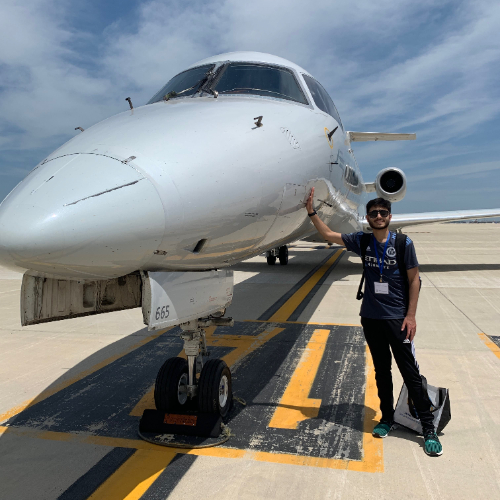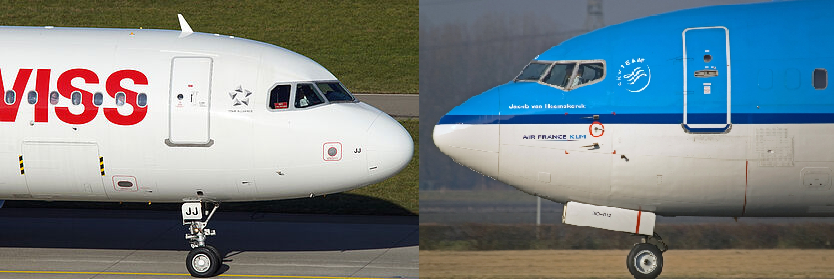
No two aircraft have made air travel more accessible than the Boeing 737 and Airbus A320. These are the two most common aircraft families worldwide, so much so that one aircraft lands or takes off every 2.5 seconds. Today, we will analyze and compare these two narrowbody competitors.
The Boeing 737
Regarding their time in service, the Boeing 737 first flew in April 1987, preceding the Airbus A320 by just under 20 years.
The 737 was developed to support the 727 on short and thin routes. Initially, it was a rather small aircraft, with the original 737-100 variant entering service with Lufthansa in February 1968.
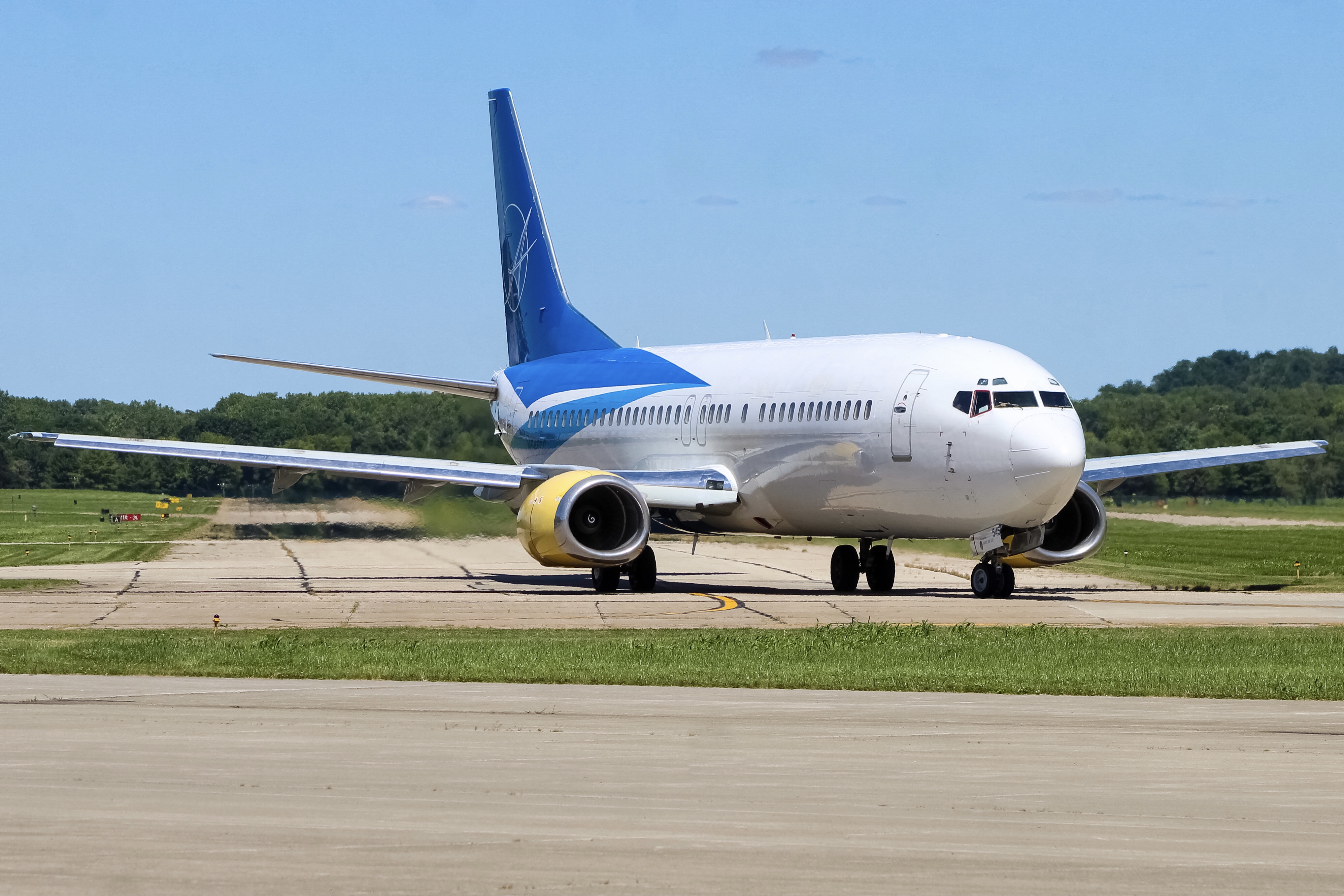
Boeing introduced the 737's second variant, the 737-200, in April 1968. This variant proved much more popular than the original -100 and was operated by airlines worldwide.
Boeing fitted its -100/-200 models with Pratt & Whitney JT8D engines, easily recognizable by their small, skinny, tubular appearance.
As time passed and the 737 gained popularity, the program evolved further with the debut of the "737 Classic" models in the 1980s. These included the 737 300, -400, and -500, which featured upgraded CFM56-3 engines. These engines were larger and much more efficient.
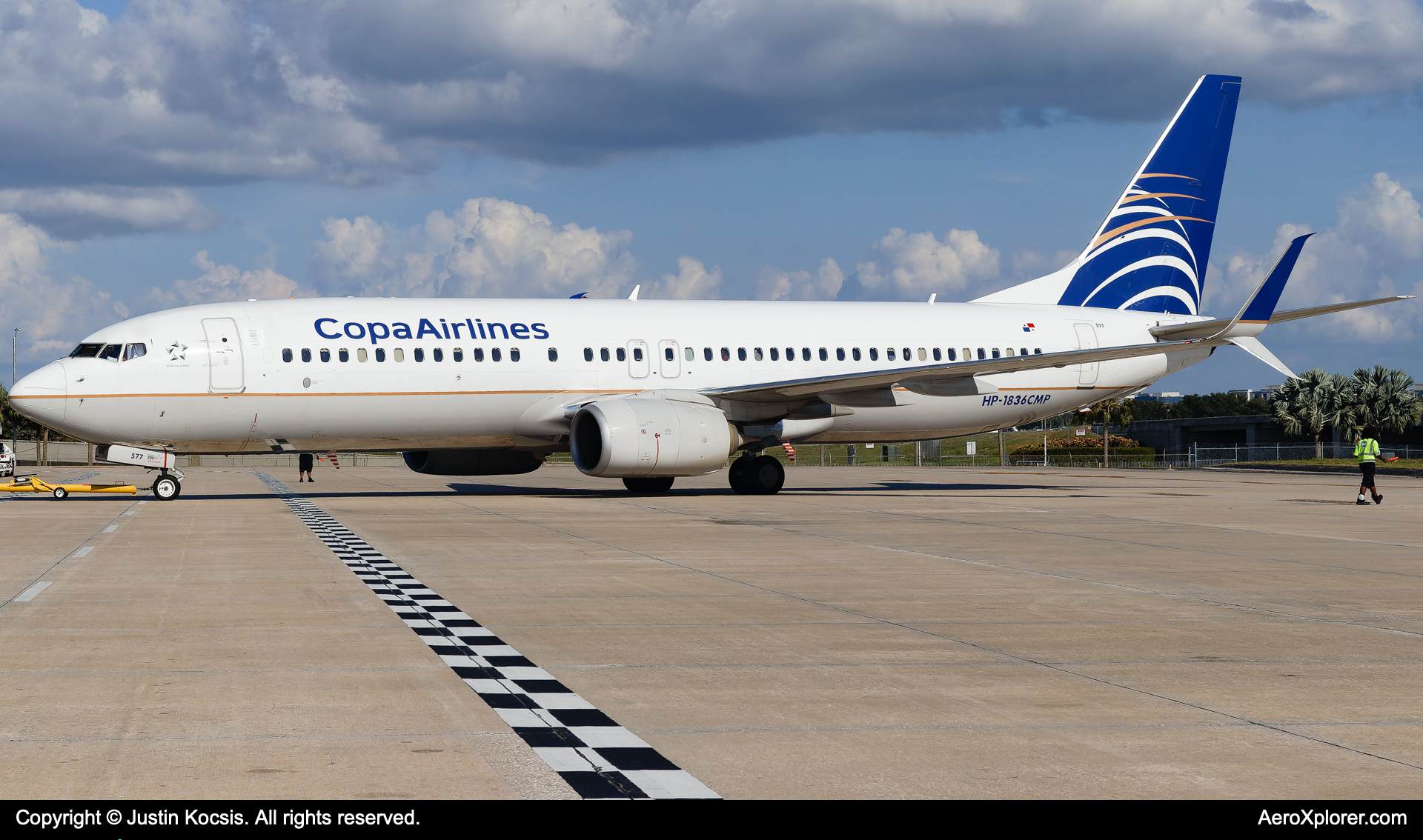
Boeing continued to see immense popularity with this narrowbody aircraft. As the original 737 variants began aging and needing replacement, the "737 Next Generation" family came to fruition in 1997.
These 737NG variants included the -600, -700, -800, and -900 and had CFM56-7 turbofan engines, slightly more updated versions of the engines powering the 737 Classic family.
Furthermore, the 737NGs had upgraded wings and a glass cockpit. This family of 737s has become the most popular, with thousands of 737-700s, -800s, and -900s being sold and continuously operated by airlines worldwide.
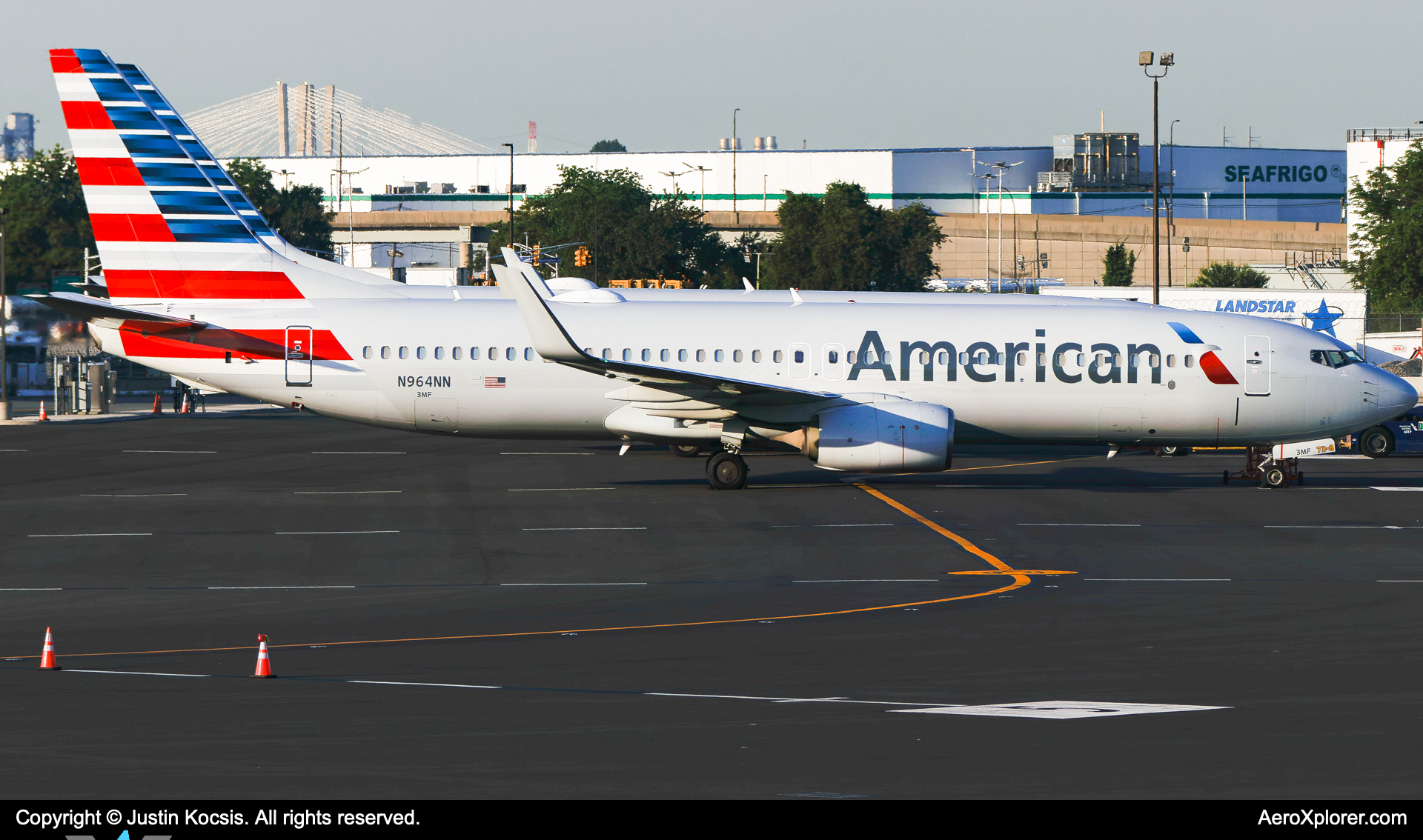
Still unsatisfied with its popularity, Boeing came out with the latest family in its 737 lineup, the "737 MAX" in 2011, with the first aircraft taking flight in 2017. The MAX had even larger engines, namely the CFM LEAP-1B turbofans, and better fuel efficiency. This family included the 737 MAX 7, MAX 8, MAX 9, and MAX 10.
Despite Boeing's continuous controversies involving the 737 MAX and its recent build quality issues, the 737 program is still very popular. As of May 2024, the program had logged 11,762 airframes built since its launch in 1967.
The Airbus A320
Airbus' A320 family was in direct competition with the Boeing 737. Airbus launched the A320 program in 1984, and the first A320 took flight in 1987. Air France was the inaugural customer of the type, introducing the initial A320-100 variant into revenue service in 1988.
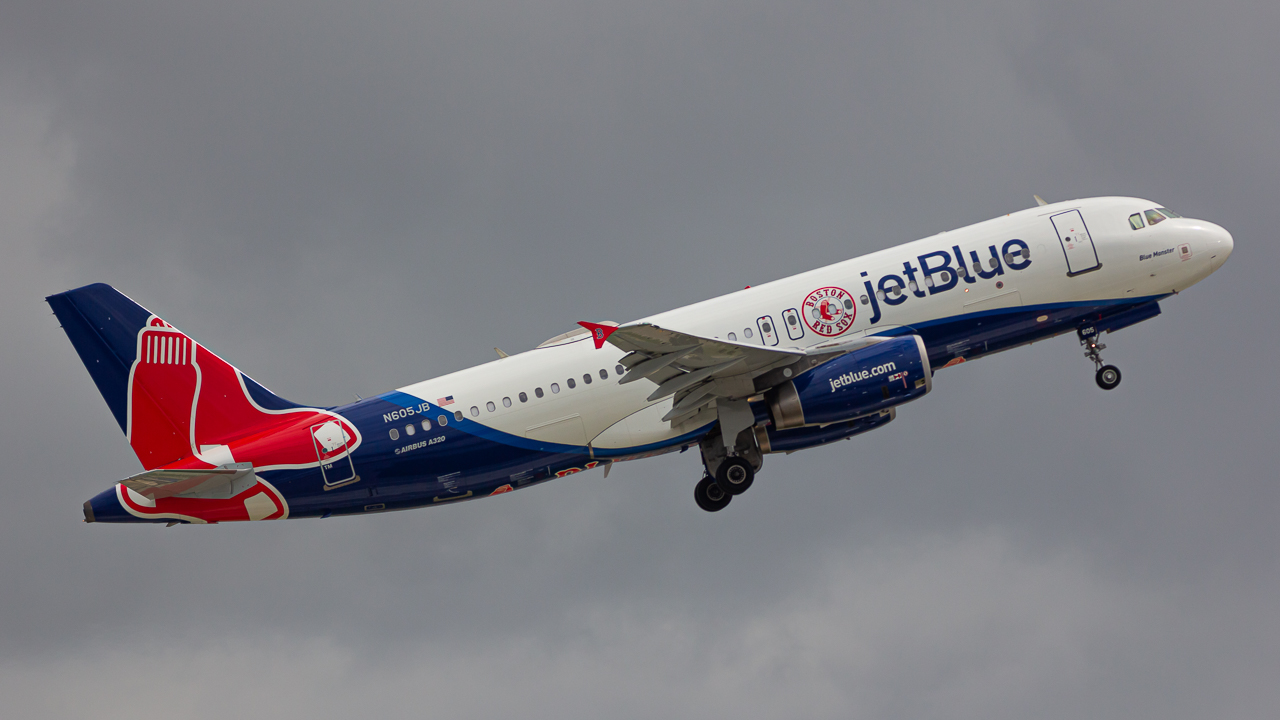
As a fun fact, the original A320-100s did not have wingtip fences, which are commonly seen today across the A320 family. Only 21 100s were built, but Airbus soon discontinued production, replacing it with the updated A320-200.
The A320-200 featured added wingtip fences to increase fuel capacity and overall efficiency. This innovation was pivotal in the subsequent success of the A320 (and the overall A320 family).
Unlike the 737, which has seen various generations and variants, the A320 family only had a few variants and evolved less. That makes sense, as the family has been around for 20 fewer years than the 737.
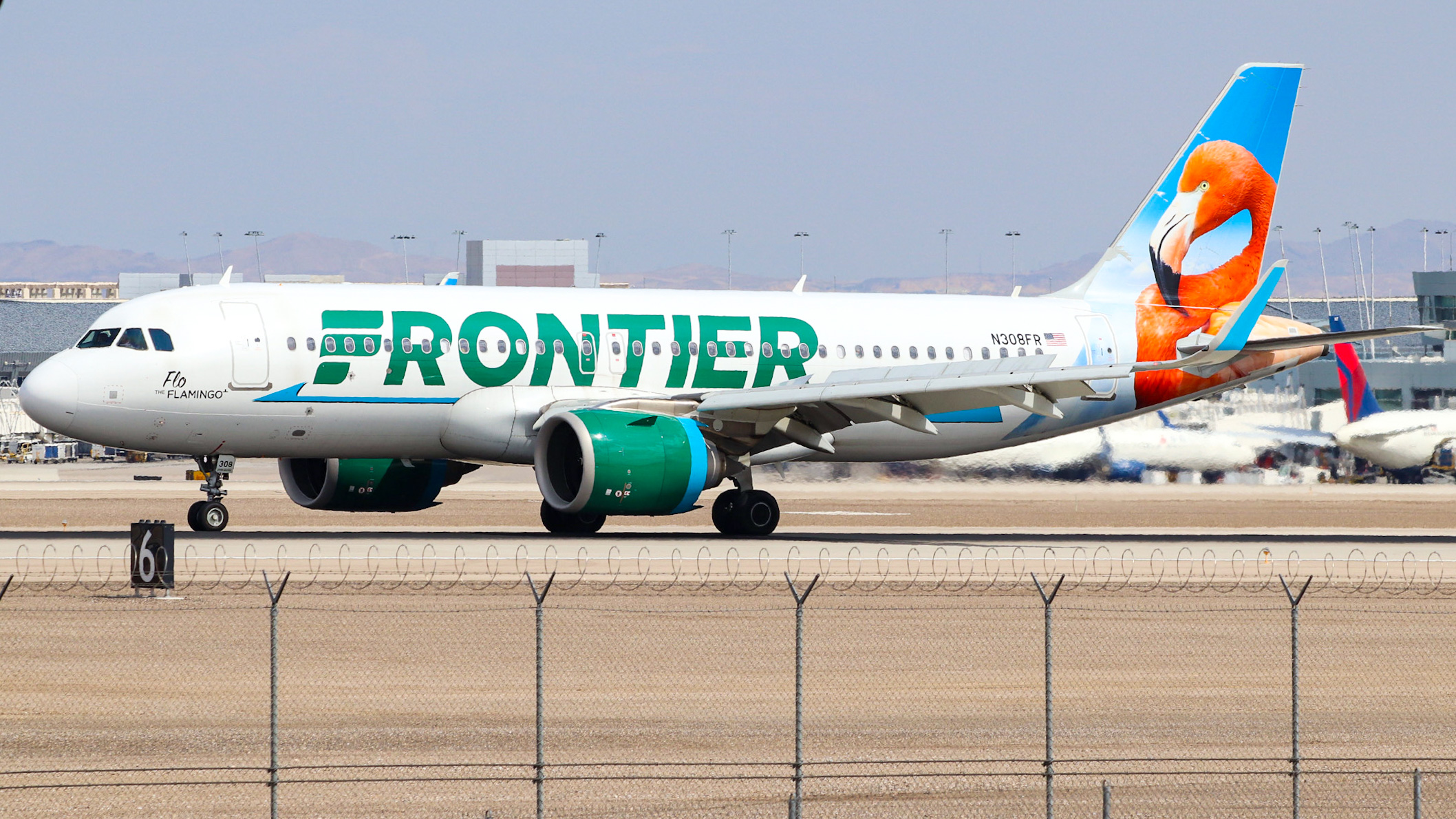
Even though the A320 came first, Airbus developed smaller and larger variants over time. The next model to follow was the Airbus A321, a stretched version, in 1994. The smaller A319 followed in 1996; ironically enough, the smaller A318 followed in 2003.
Since its inception, the A320 family has used only two main engine types: the CFM56 or IAE V2500 turbofan. The A318 is one exception, as it was the only model to offer the Pratt & Whitney PW6000 engine.
The A320 family was a hit from the start. It was especially innovative because it was the first airliner to feature a digital "fly-by-wire" (FBW) control system.
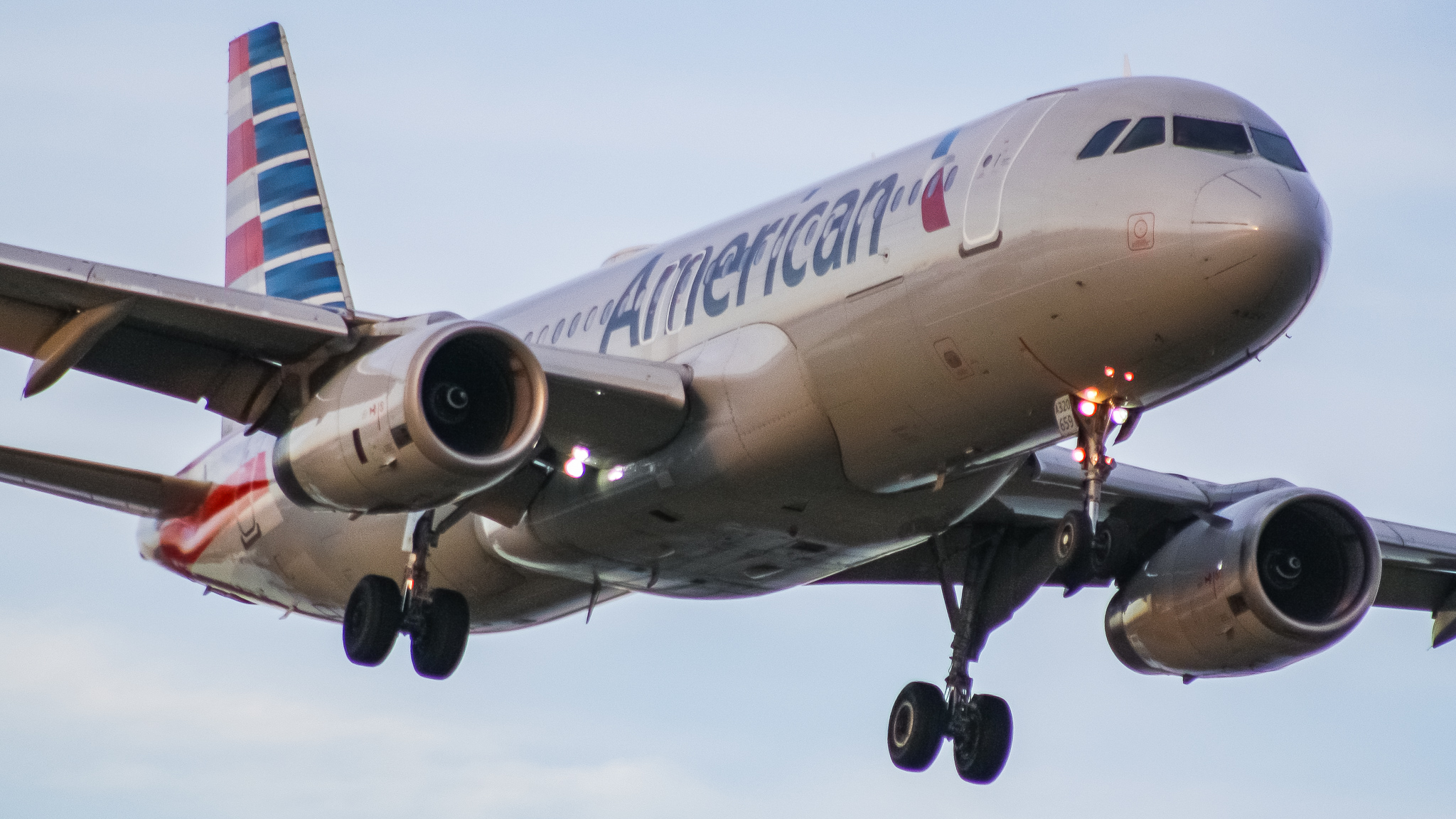
The flight control computers would interpret input commands made by the side-stick controls in the cockpit and then transmit them to the control surface within the flight envelope protection.
The A320 family remained virtually unchanged for around 20 years. 2010 Airbus launched the A320neo family with "NEO" as a "New Engine Option."
The NEO family would be a re-engined lineup of most existing A320 models. It featured larger engines, the CFM LEAP-1A or Pratt & Whitney PW1100G, and improved winglets.
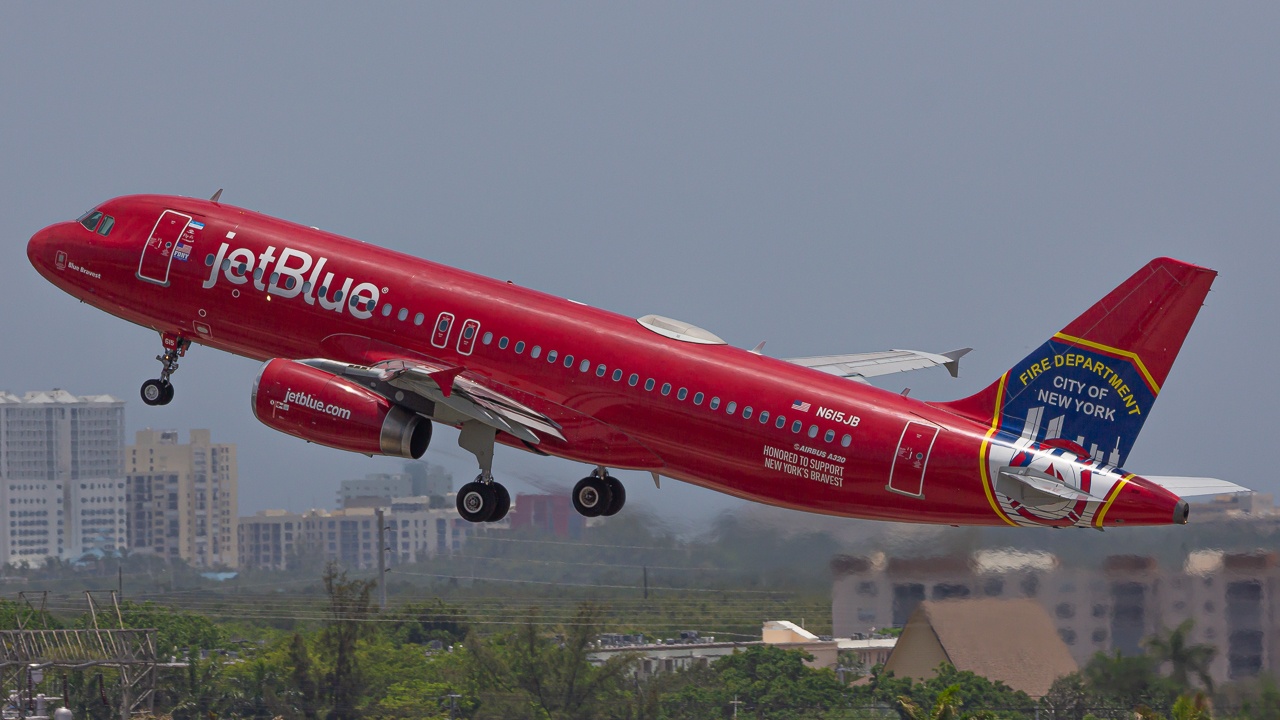
These winglets, called "sharks," first debuted on standard A320 aircraft in 2012. Such innovations offered better fuel efficiency and range.
The A320neo family included the A320neo, A321neo, and A319neo. So far, the former two have been the most popular, while the A319neo has struggled to sell in most cases.
Airbus' A320 story is one of success. In October 2019, the A320 family surpassed the Boeing 737 to become the highest-selling airliner. As of May 2024, around 11,471 planes have been built since the program launched 40 years ago.
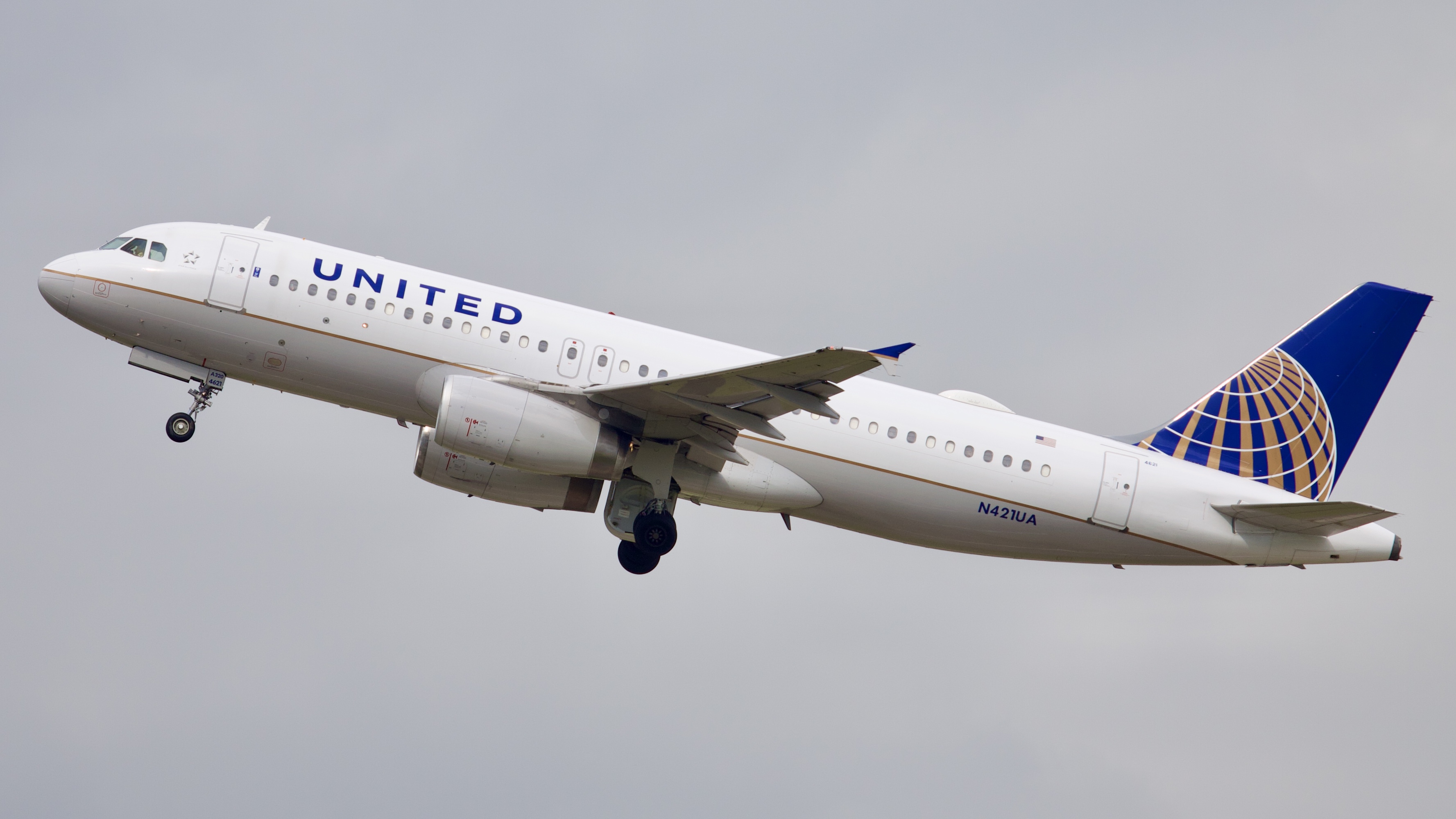
Revolutionizing Air Travel
The 737 and A320 remain in fierce competition. However, these planes' contributions to making air travel more easily accessible deserve praise.
Low-cost airlines have gained immense popularity in recent decades. These airlines strive to operate simple fleets, usually consisting of one aircraft type.
Sure enough, the 737 and A320 were perfect for the low-cost model, allowing carriers to fit up to 180-230 seats in any given plane, depending on size or configuration.
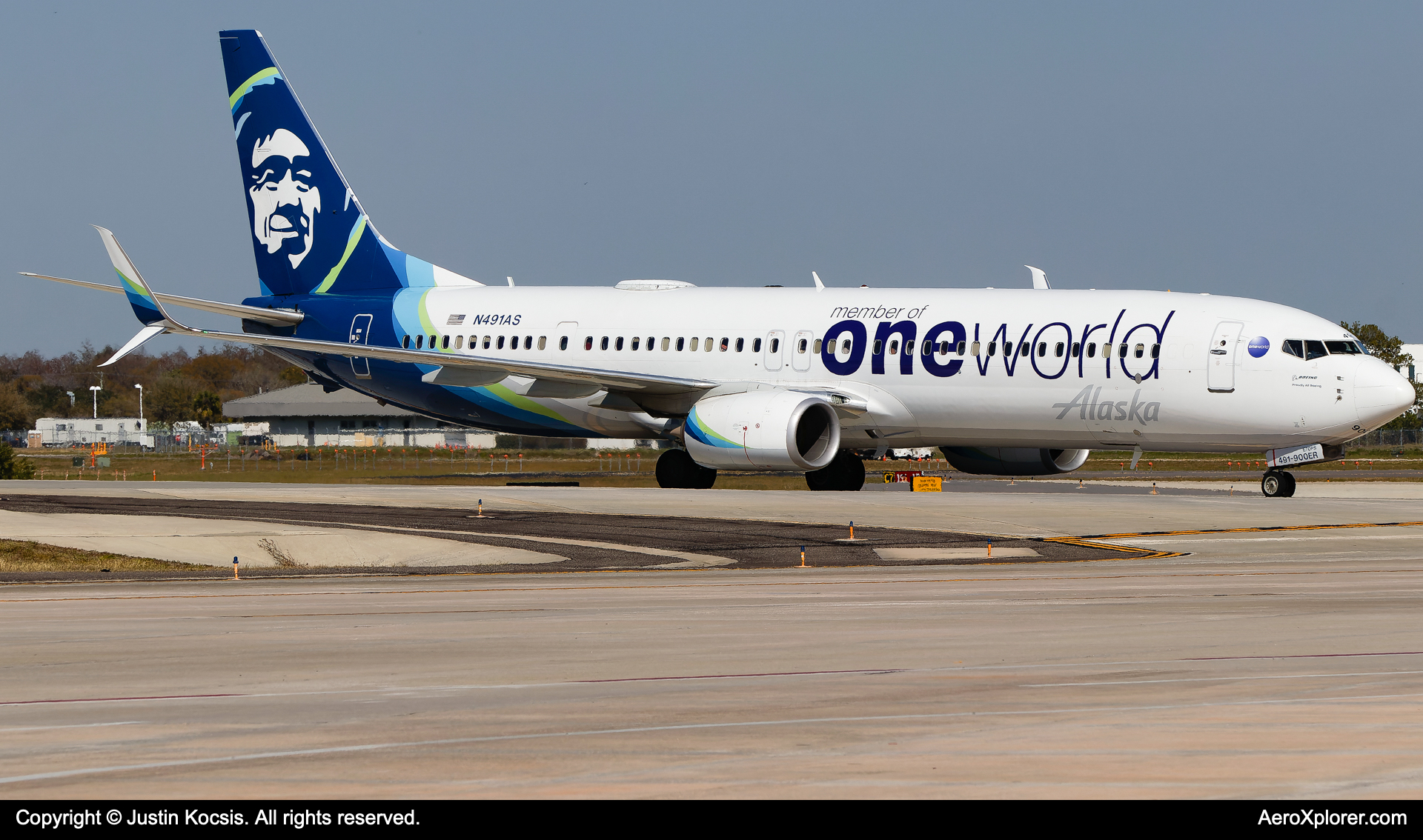
The fuel efficiency and overall operating ease of the 737s and A320s made it popular for low-cost carriers. Any low-cost airline you can think of operates fleets comprised of 737s or A320s.
In Europe, budget carriers like EasyJet and Wizz Air have found immense success with the A320, while Ryanair has made great use of the 737. Ryanair has been operating the 737 since the earliest variants, initially operating the -200 and now operating a fleet of 737-800s and 737 MAX 8-200s.
Moving to the United States, carriers like Allegiant, Frontier, and Spirit have revolutionized the American air travel market thanks to their A320 family fleets. On the other hand, Southwest has been a long-time 737 operator and remains the largest operator of that aircraft type.

We should also look to Asia, where the A320 and 737 have allowed low-cost airlines to make flying cheaper and more accessible. Carriers like AirAsia and IndiGo have seen great success in the past decade alone and will continue to grow in the years to come.
So, while it is easy for aviation enthusiasts to favor one aircraft over the other, we must always recognize the great contributions of Boeing's 737 and Airbus' A320 families to make the world smaller and more easily traveled.
Maldivian Airlines Introduces First-Ever Widebody Aircraft, Plans New China Flights » Bomb Threat Cancels Air New Zealand Flight, Delays Passengers » Passengers Encounter Bedbug Infestation on Multiple Turkish Airlines Flights »
Comments (1)

Add Your Comment
SHARE
TAGS
STORIES airbusboeingboeing 737airbus a320a320 vs 737aa320ne9a320neo737 maxa320 vs 737airbus a320 vs boeing 737RECENTLY PUBLISHED
 Could You Survive a Plane Crash? The Unlikely Science of Plane Crash Survival
With air travel consistently being heralded as the safest form of public transport, most of us do not board a plane pondering our chances of survival in the event of a crash. But, is it possible to survive one?
INFORMATIONAL
READ MORE »
Could You Survive a Plane Crash? The Unlikely Science of Plane Crash Survival
With air travel consistently being heralded as the safest form of public transport, most of us do not board a plane pondering our chances of survival in the event of a crash. But, is it possible to survive one?
INFORMATIONAL
READ MORE »
 Maldivian Airlines Introduces First-Ever Widebody Aircraft, Plans New China Flights
Maldivian, the government-owned national airline of the Maldives, has just welcomed its first-ever wide body aircraft: the Airbus A330-200. With the new aircraft, the carrier also plans brand-new long haul international flights to China.
NEWS
READ MORE »
Maldivian Airlines Introduces First-Ever Widebody Aircraft, Plans New China Flights
Maldivian, the government-owned national airline of the Maldives, has just welcomed its first-ever wide body aircraft: the Airbus A330-200. With the new aircraft, the carrier also plans brand-new long haul international flights to China.
NEWS
READ MORE »
 Thousands of Flights Impacted as Winter Storm Blair Hits U.S.
Winter Storm Blair has unleashed a huge blast of snow, ice, and freezing temperatures across the Central and Eastern United States.
As of Sunday afternoon, over 6,700 flights and counting have been disrupted. This includes cancelations and significant delays leaving passengers scrambling to change flights and adjust travel plans.
NEWS
READ MORE »
Thousands of Flights Impacted as Winter Storm Blair Hits U.S.
Winter Storm Blair has unleashed a huge blast of snow, ice, and freezing temperatures across the Central and Eastern United States.
As of Sunday afternoon, over 6,700 flights and counting have been disrupted. This includes cancelations and significant delays leaving passengers scrambling to change flights and adjust travel plans.
NEWS
READ MORE »




